The BMW M3 and M4 have been revealed at the Detroit motor show today.
The BMW M3 returns as a saloon only, and with turbocharged six-cylinder power for the very first time. The adoption of turbo power dispenses with 26 years of BMW M division tradition of using high-revving naturally aspirated engines for the M3.
The new 425bhp four-door M3 saloon will be joined from the outset of sales this year by the M4, a mechanically identical but stylistically sleeker two-door coupé previewed in lightly veiled concept car guise at the Pebble Beach concours in California in August.
UK sales for both cars are set to begin in May. The M3 will cost from £56,175 and the M4 from £56,635.
At the heart of BMW’s latest M3 and its more sporting M4 sibling is a brand-new twin-turbocharged, direct-injected in-line six-cylinder petrol engine. The 3.0-litre unit is based around BMW’s familiar ‘N55’ engine, with an 84.0mm bore and 89.6mm stroke. But such are the changes to the aluminium block, cylinder head, induction and exhaust systems and internal architecture that BMW describes it as being all new.
BMW’s M division is talking up the engine’s patented induction process, known under the title ‘M TwinPower Turbo’. It eschews the twin-scroll principle of BMW’s regular engines for a system that uses two low-inertia turbos running a maximum 1.3bar of boost and has an innovative water-to-air intercooler system mounted atop the engine.
Weight-saving features, such as a magnesium sump, allow the new engine to tip the scales 10kg under that of its predecessor at 205kg.
With 425bhp from 5500rpm to 7300rpm and 405lb ft of torque between 1850rpm and 5500rpm, the twin-turbo six delivers 11bhp and 110lb ft more than the naturally aspirated 4.0-litre V8 that it succeeds.
An impressive 143bhp per litre — 38bhp per litre more than its predecessor through the effects of forced induction — also gives it the highest specific output of any series-production M division engine.
With Valvetronic variable valve timing and Double Vanos continuously variable camshaft timing tech, the six-cylinder unit revs to 7600rpm — 600rpm less than the old V8.
The new straight six, codenamed ‘S55 B30’, is billed as the most powerful series-production engine to find its way into the M3. It is also the smallest-capacity engine used by M division since the discontinuation of the first-generation M3 and its naturally aspirated 2.3-litre four-cylinder powerplant, the ‘S14 B23’, in 1991.


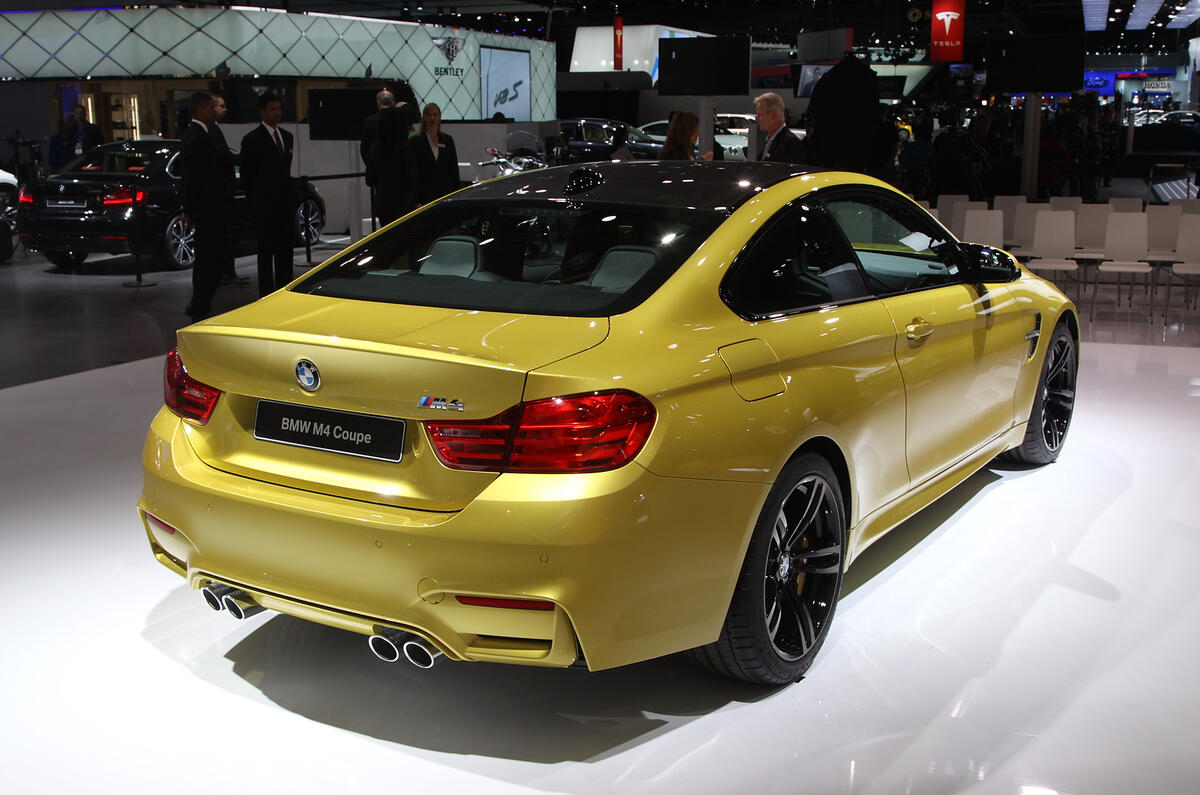
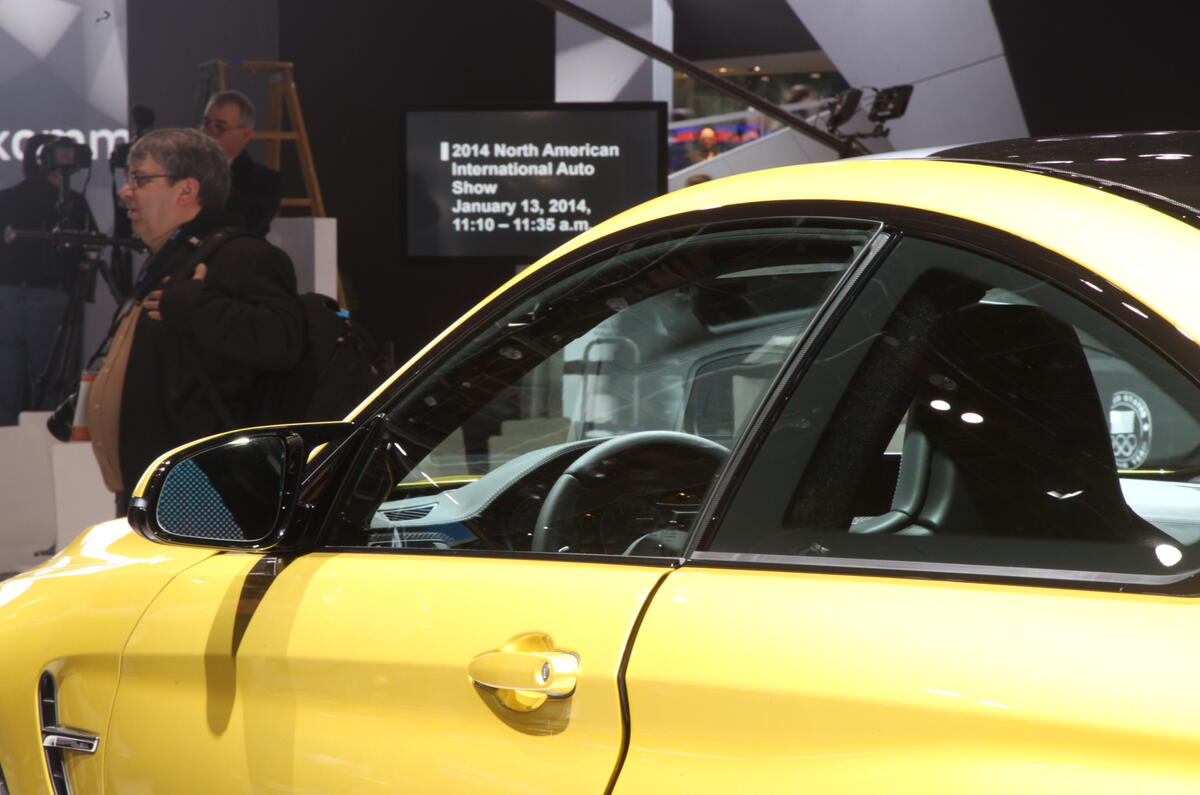
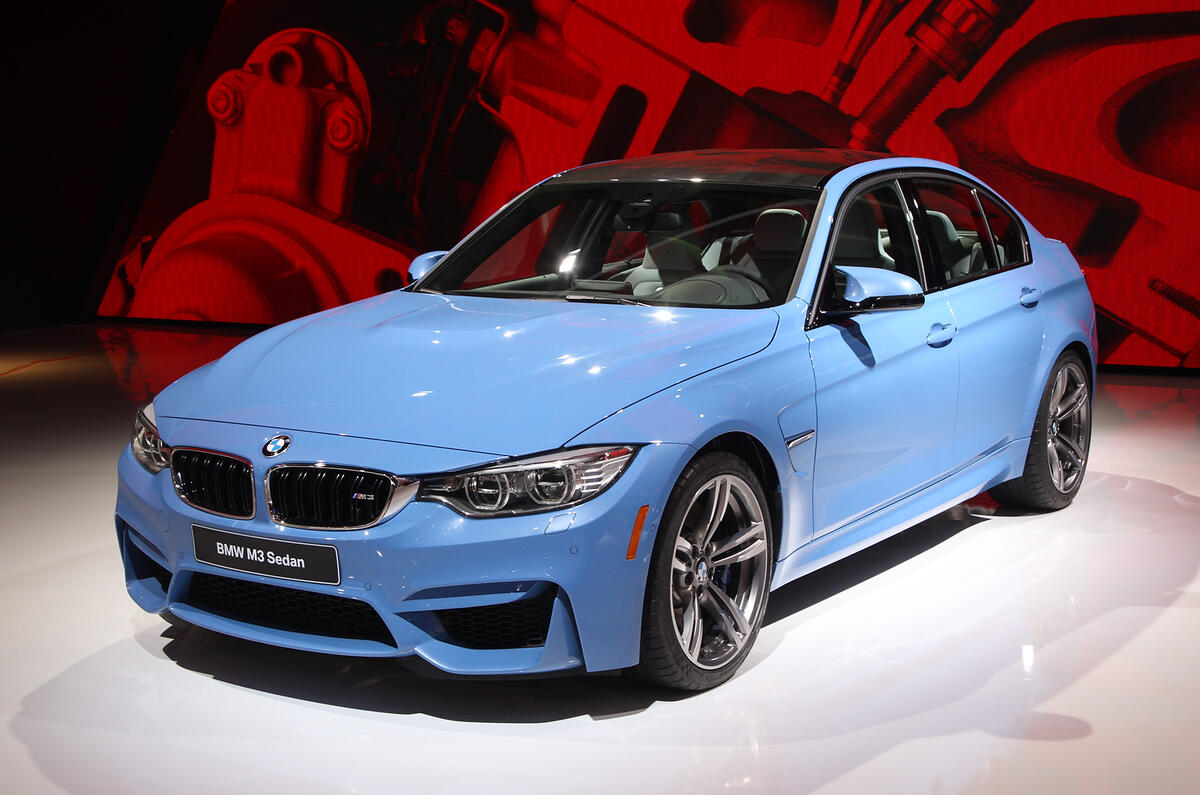
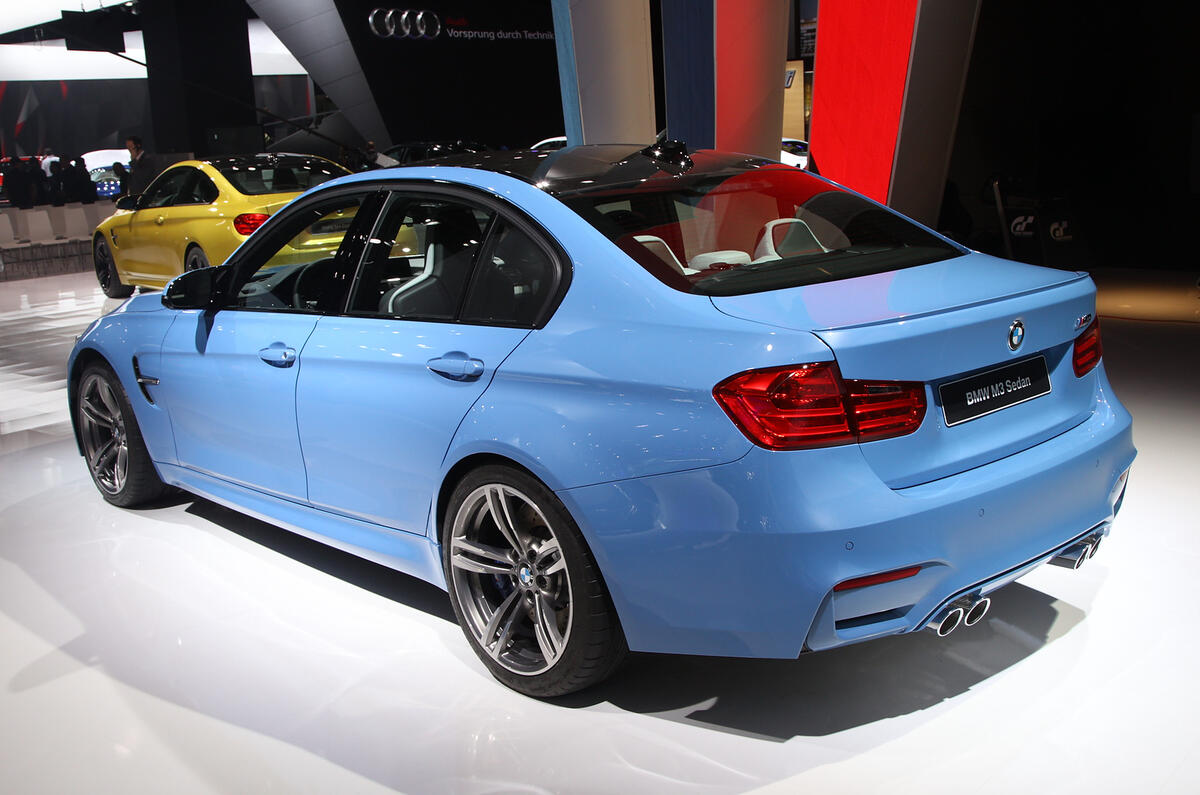
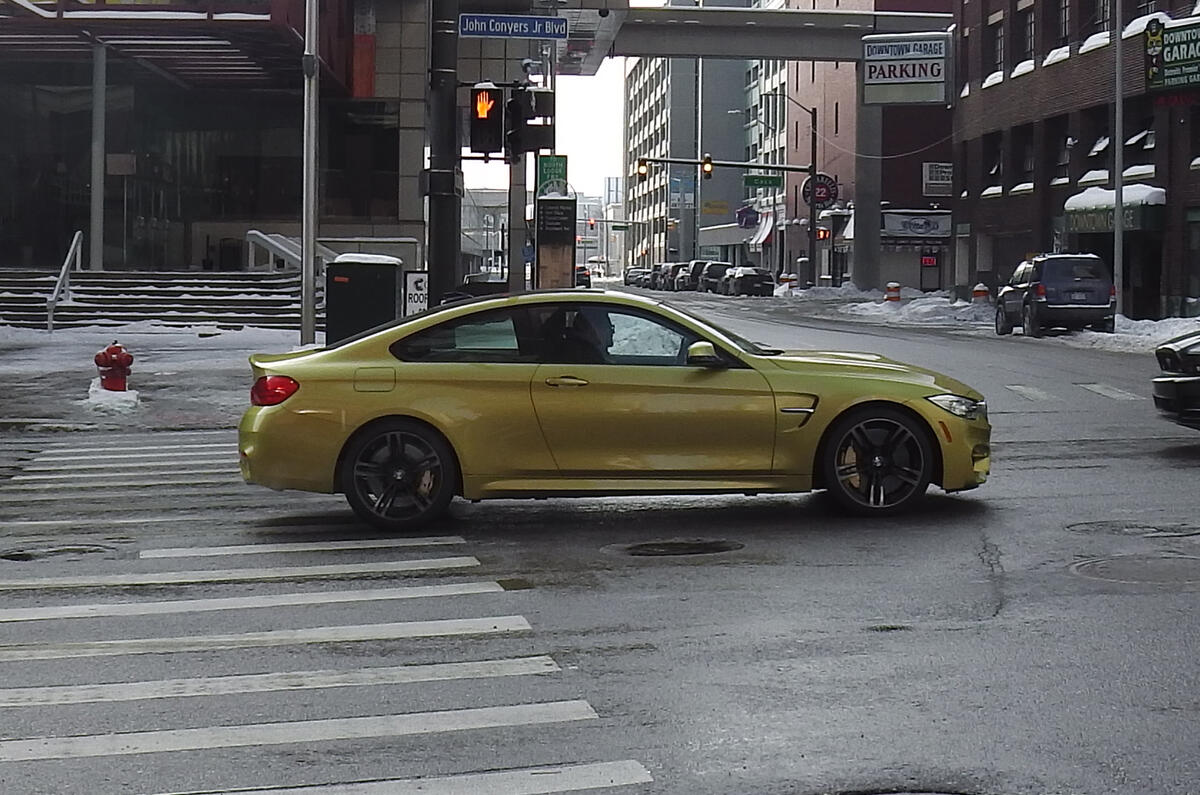
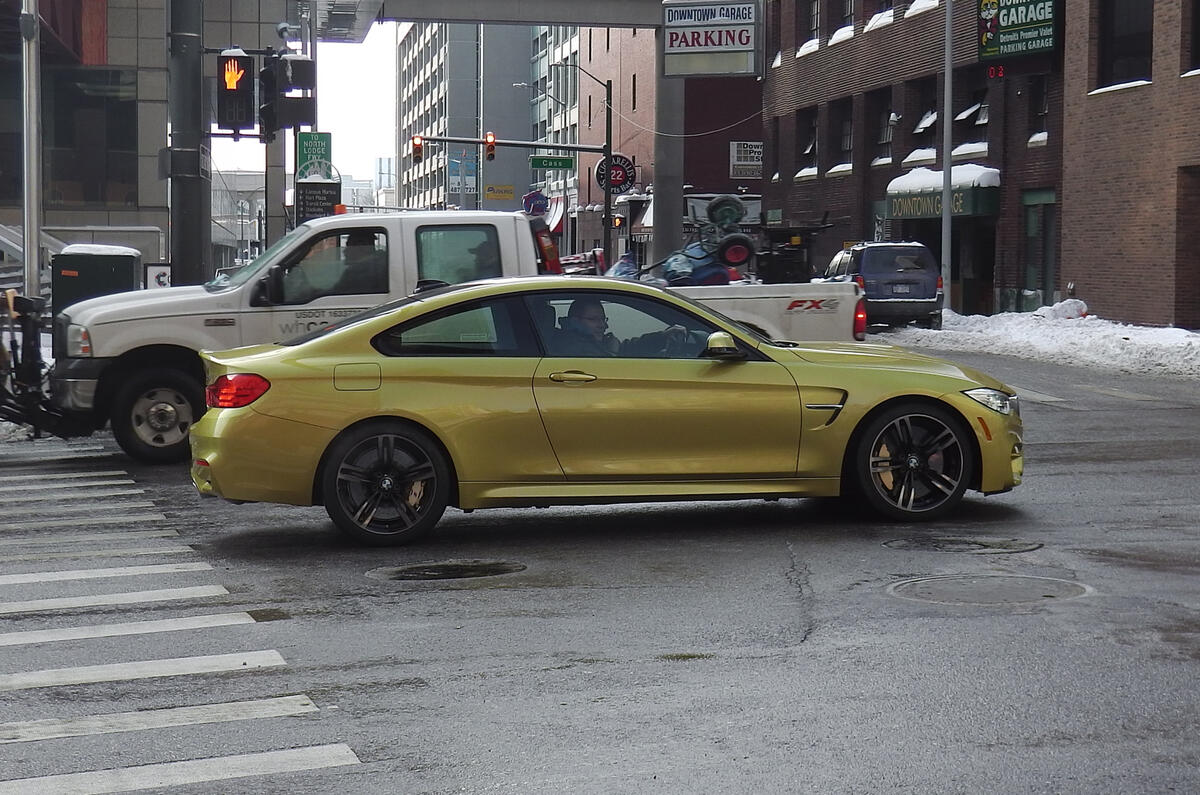
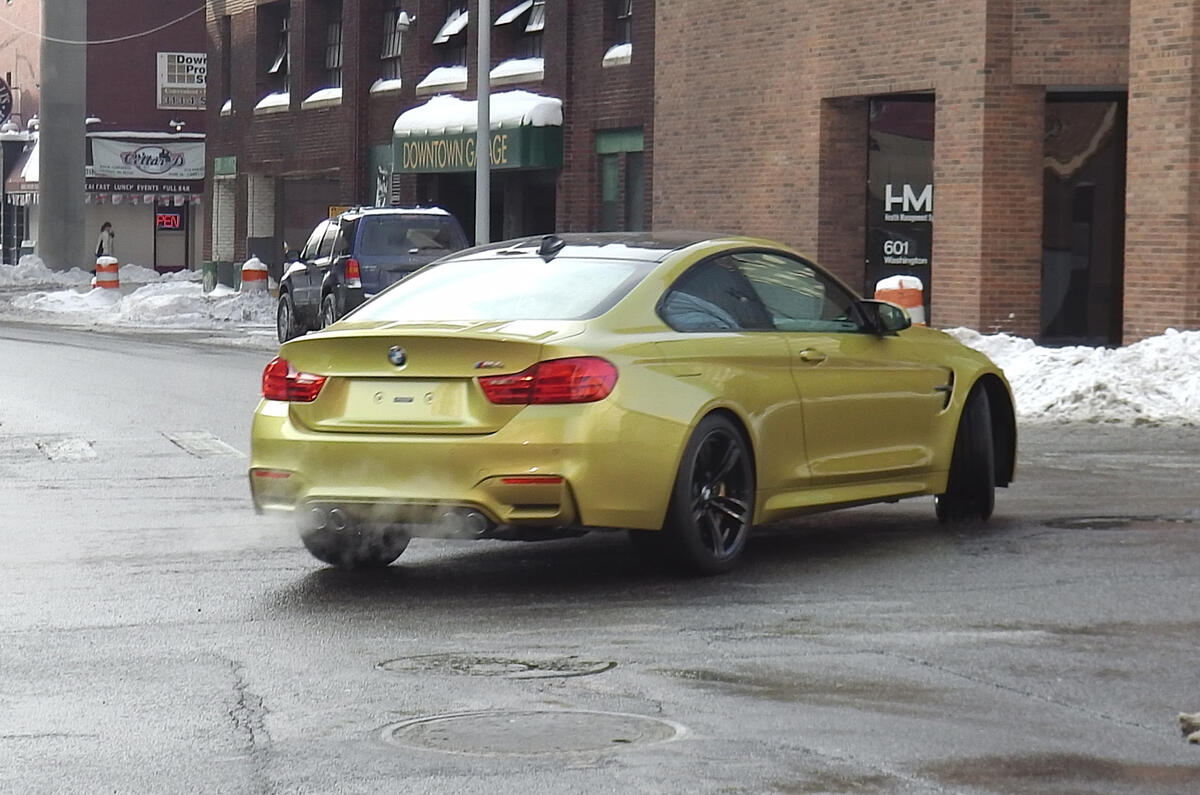
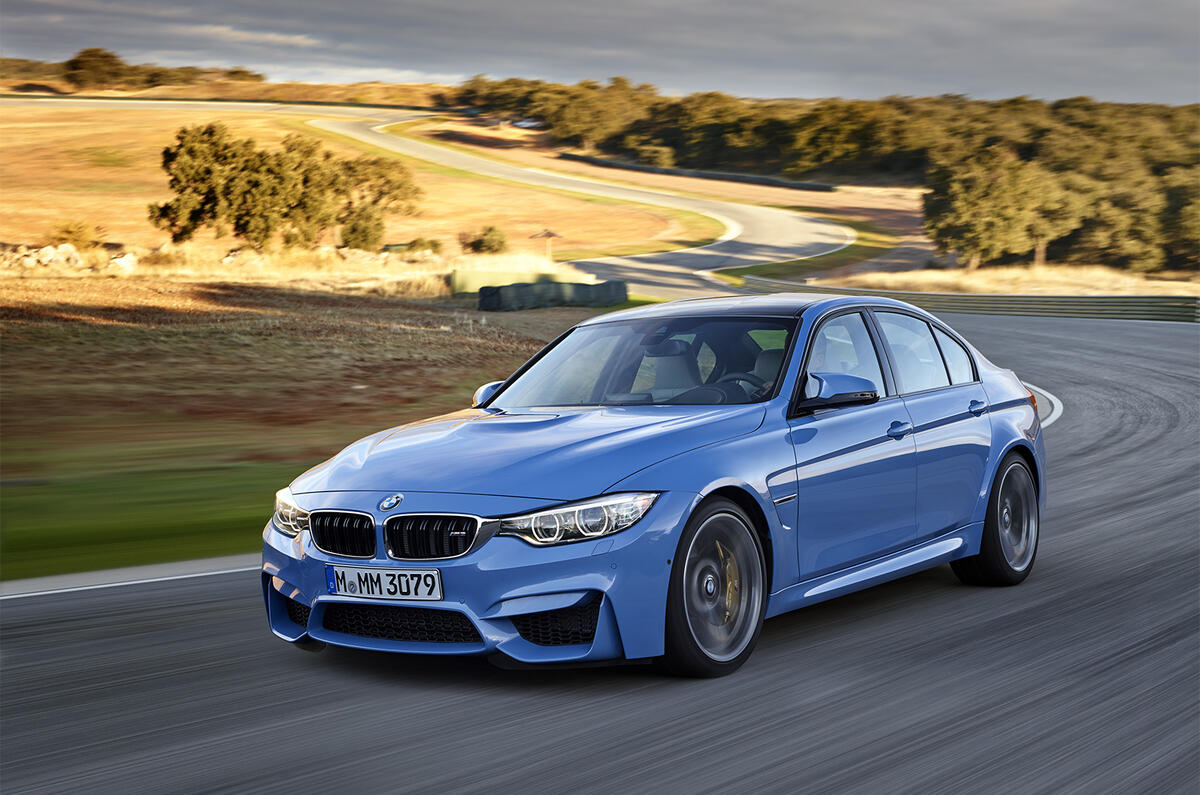
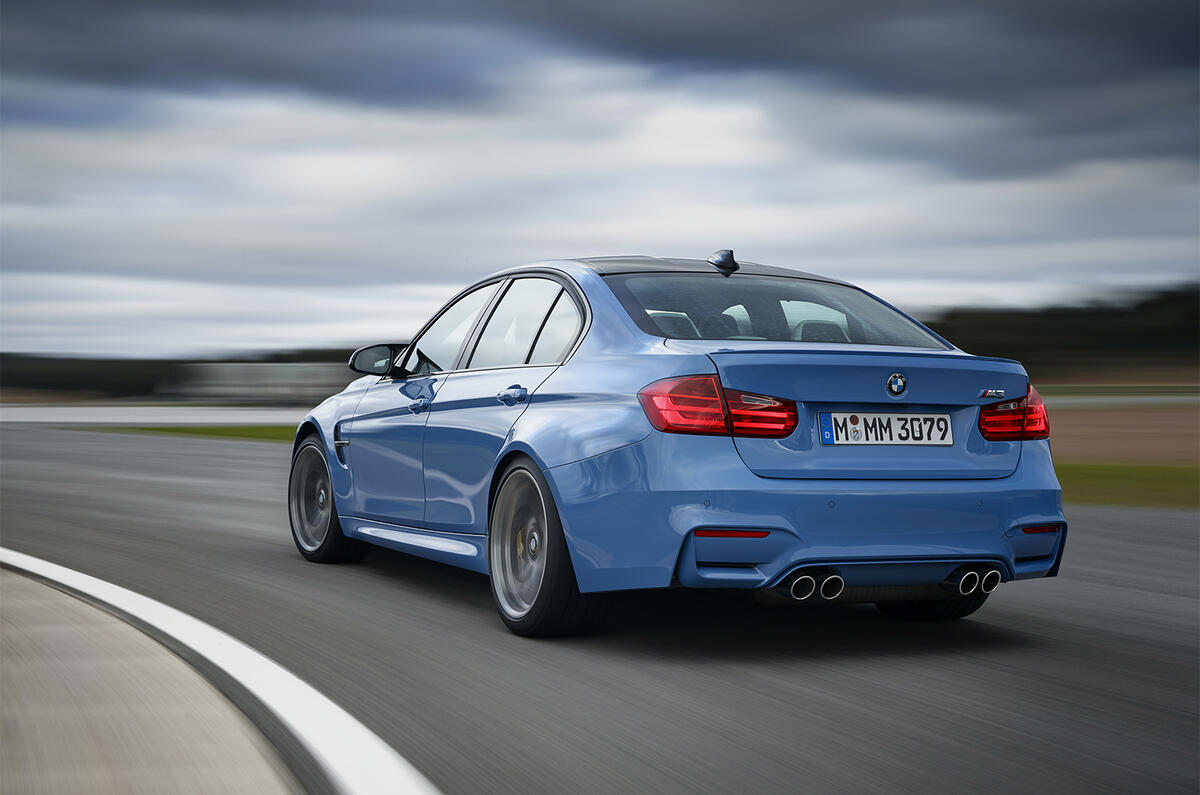
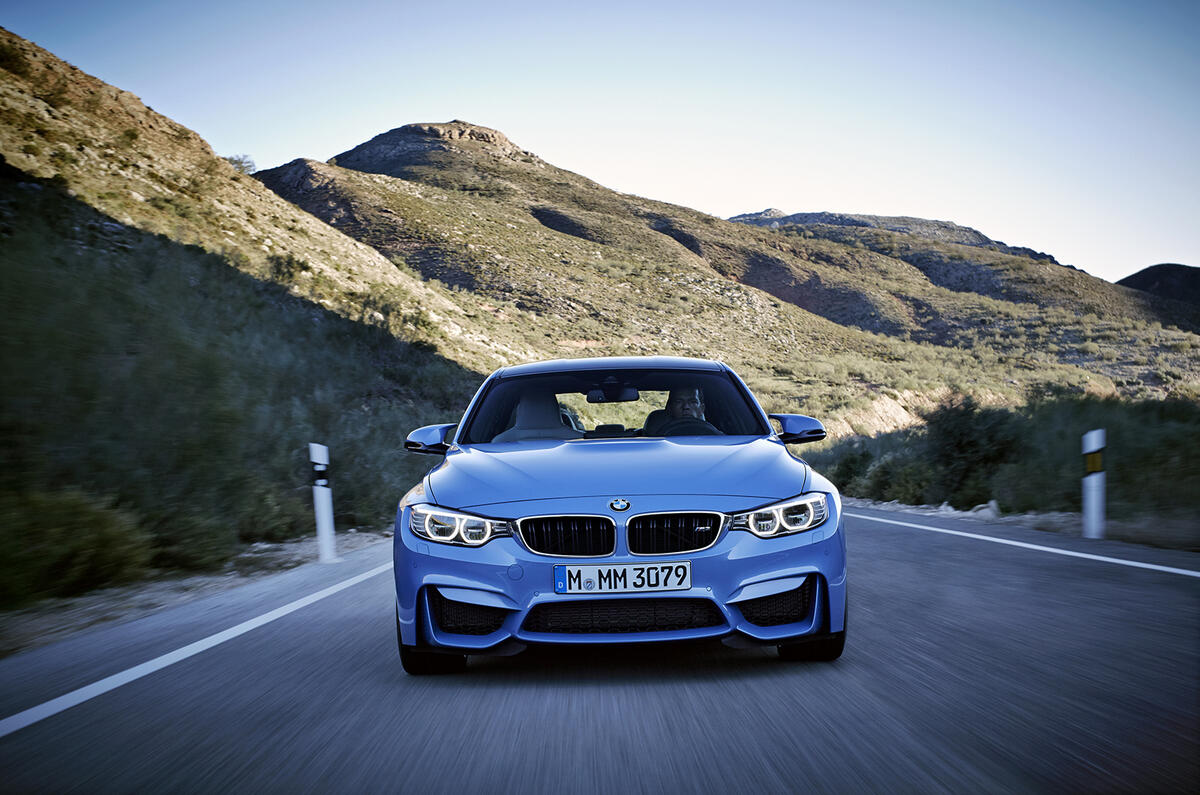
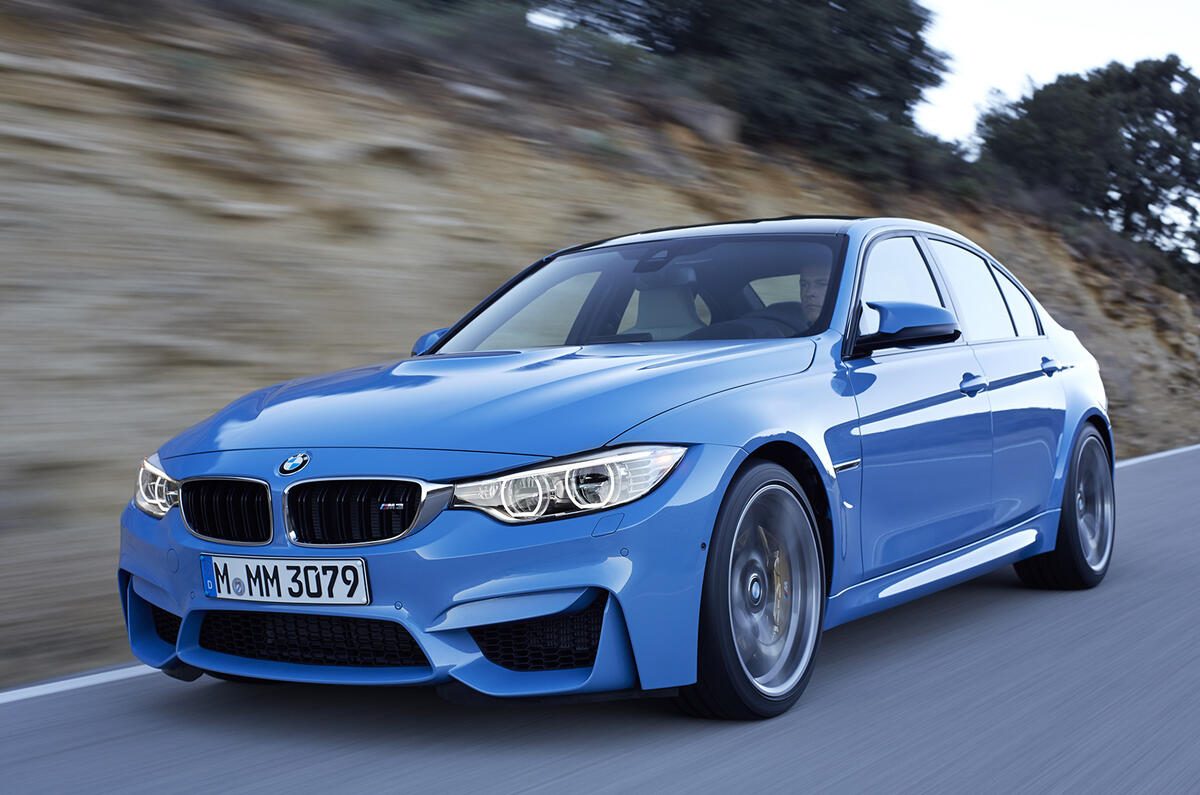
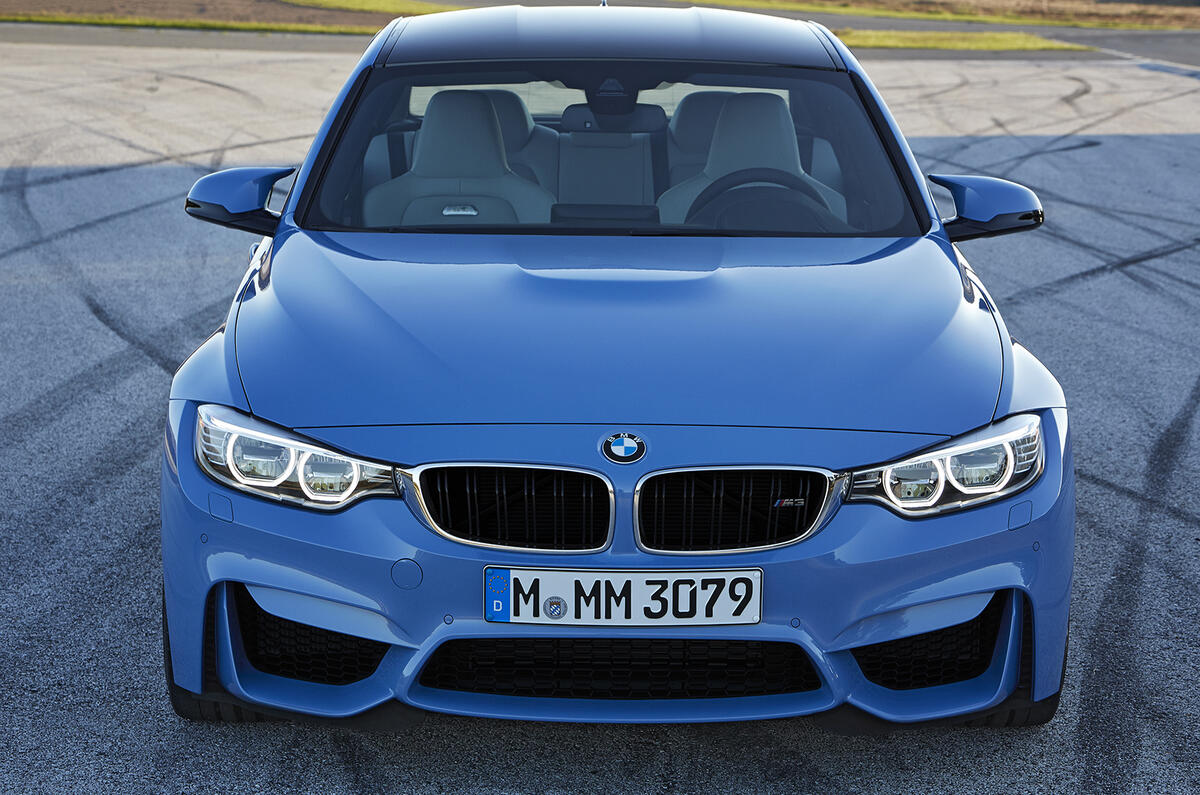
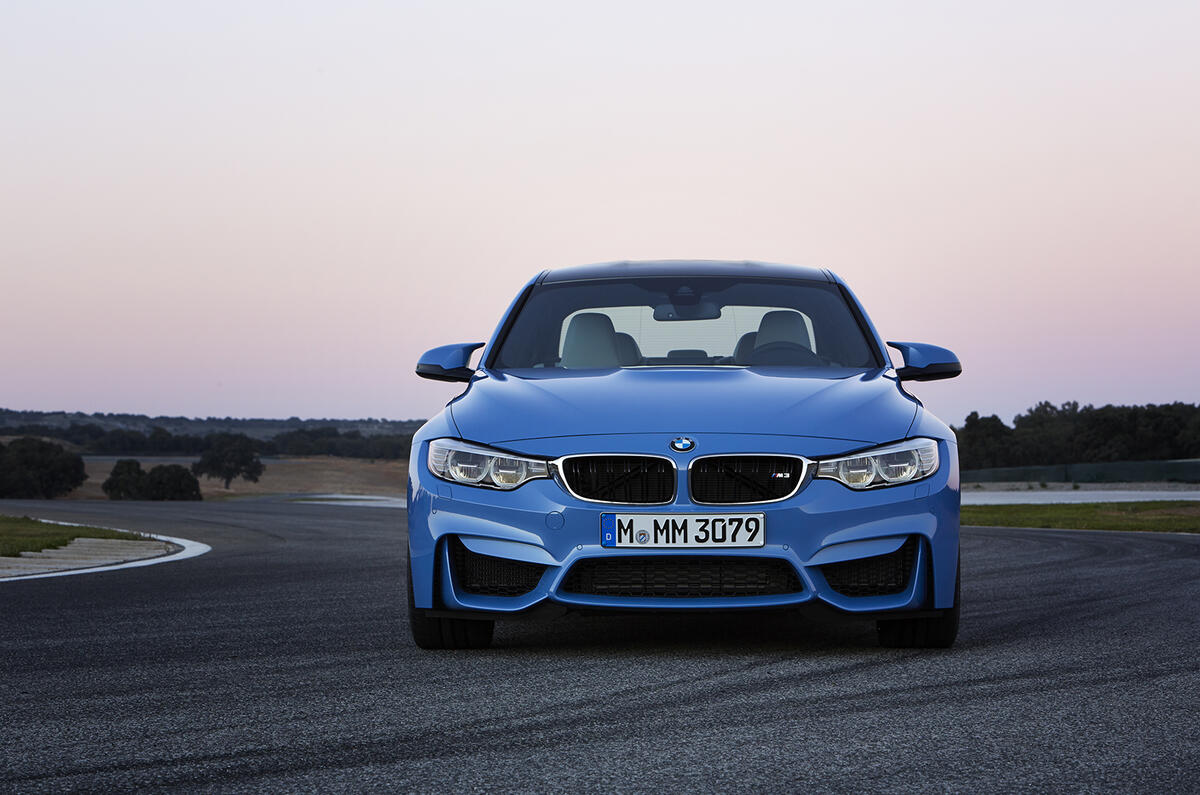

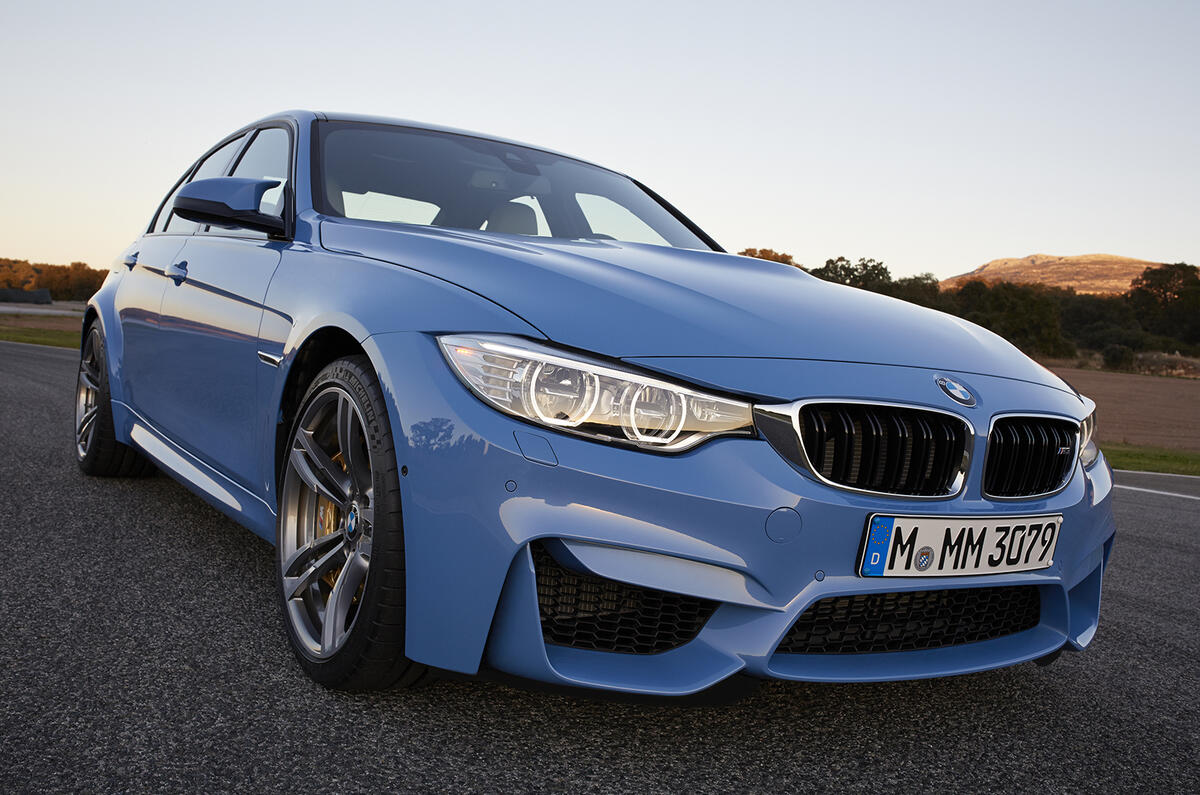
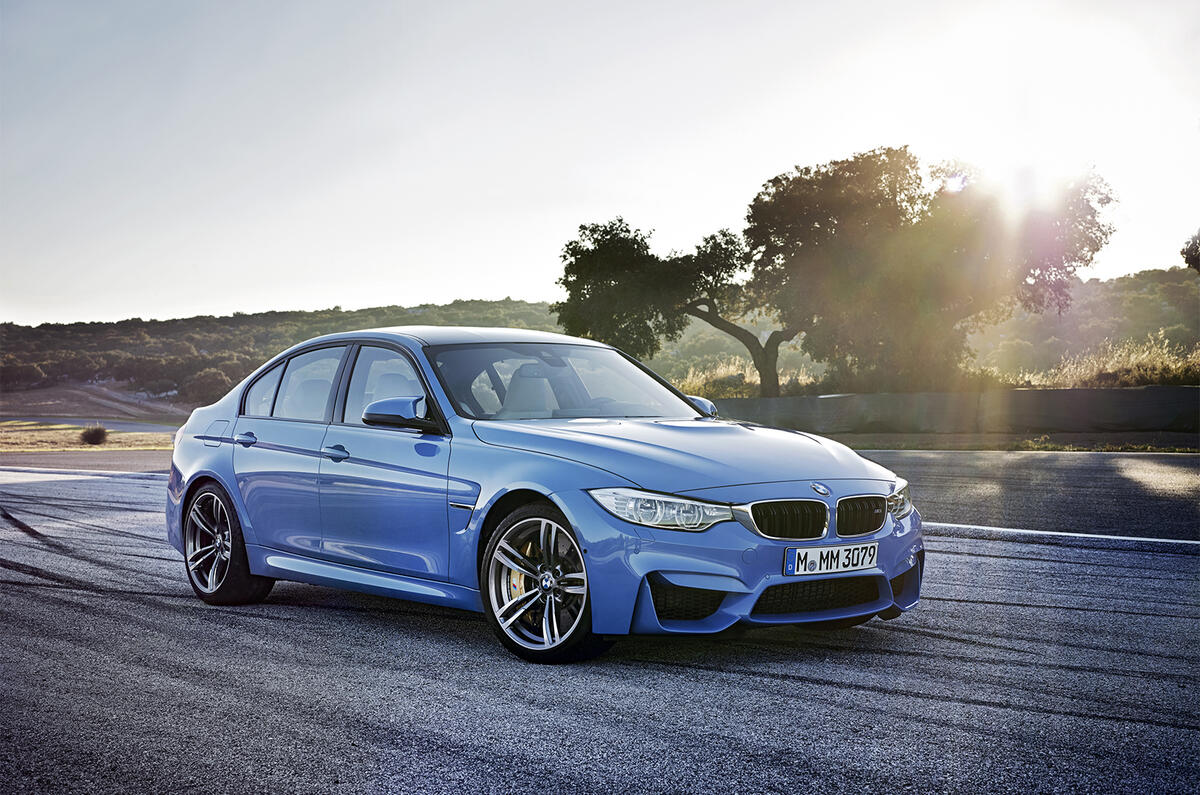

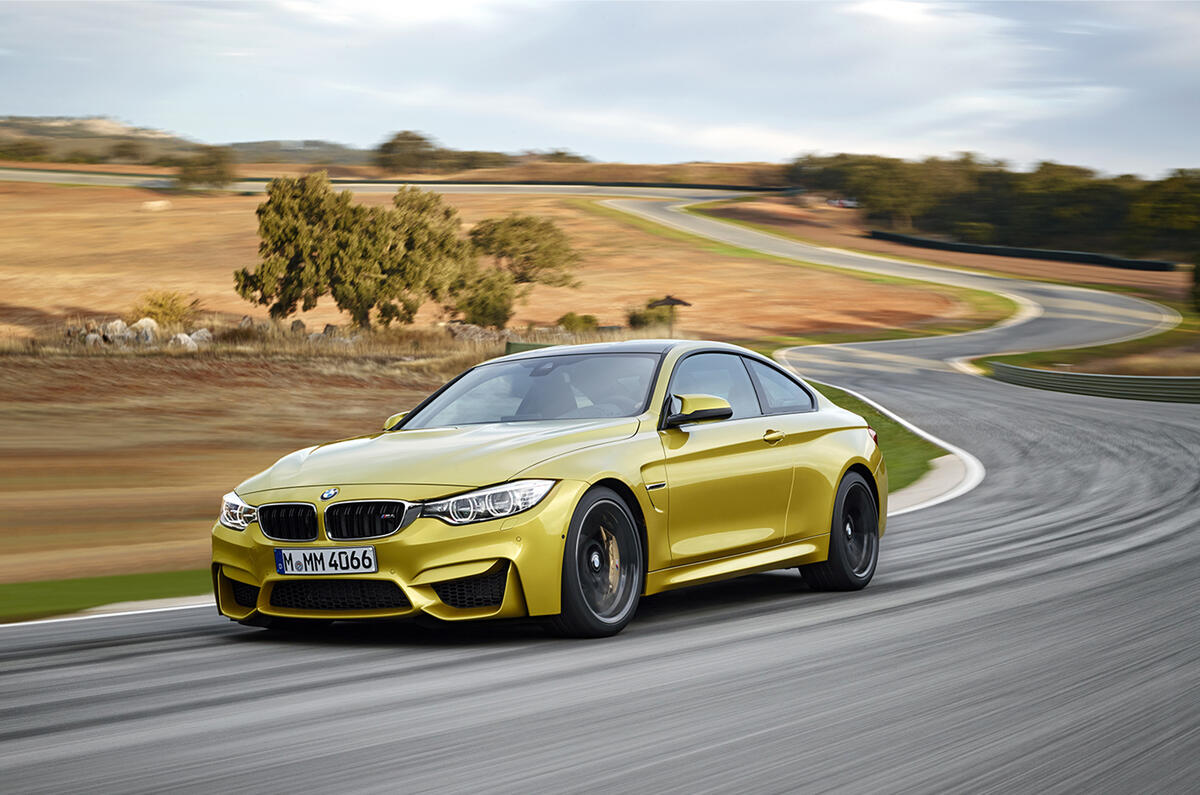
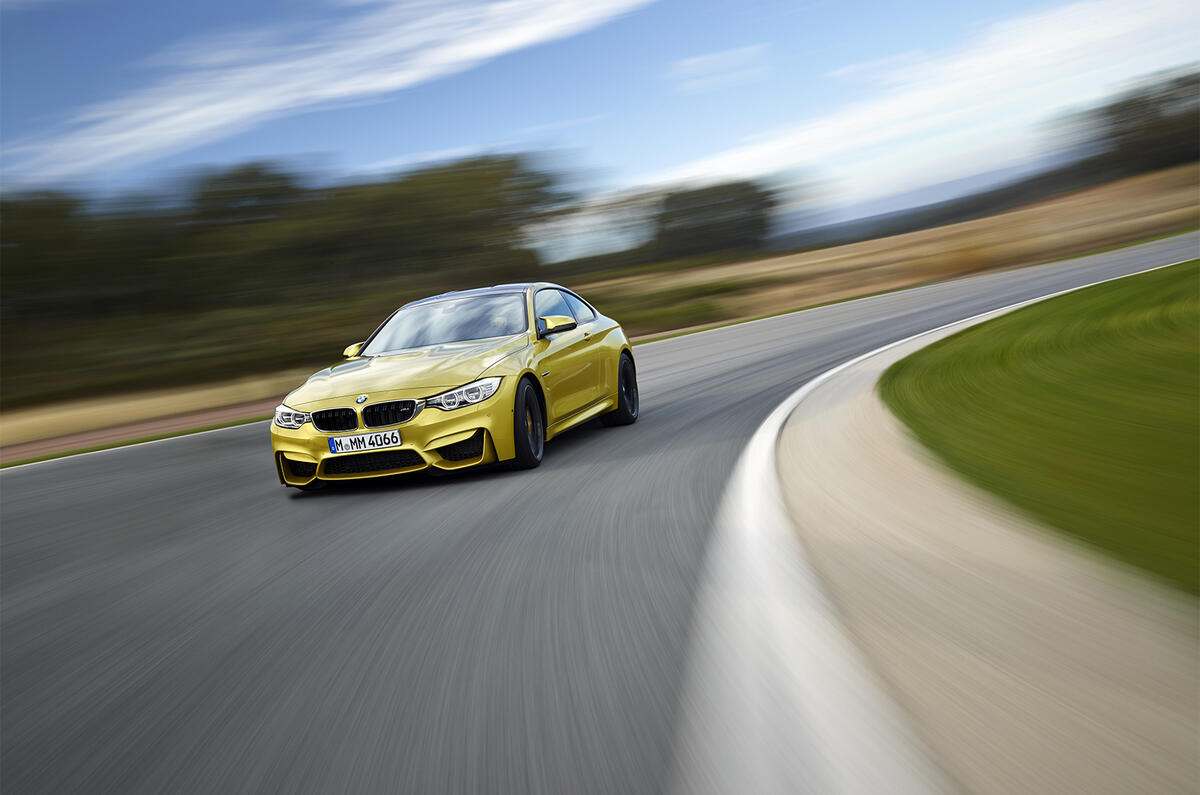
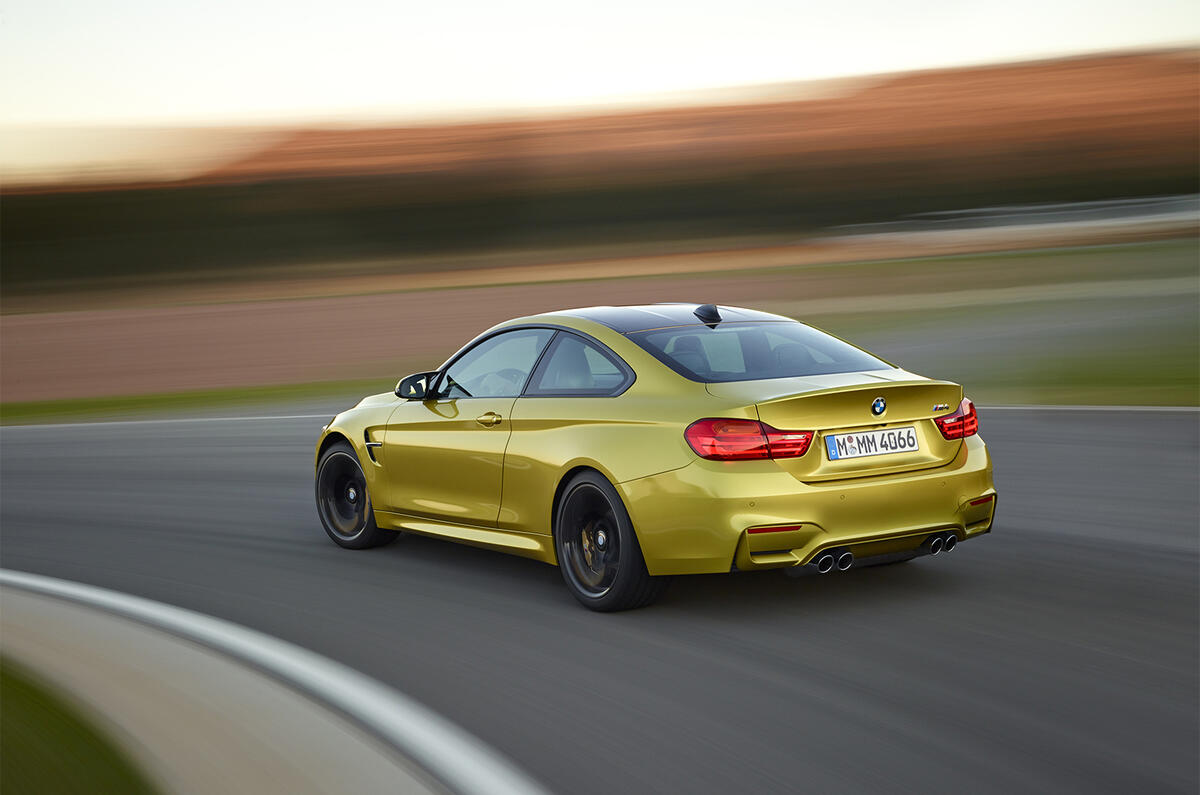
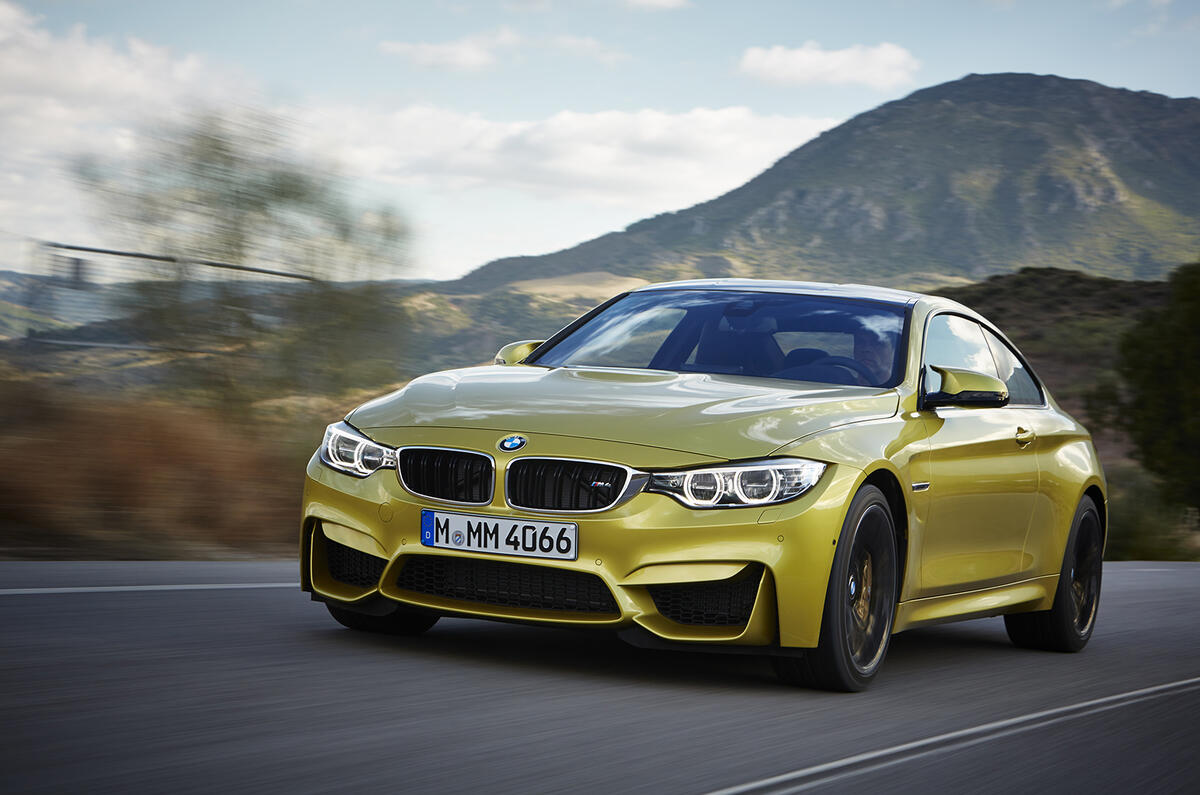
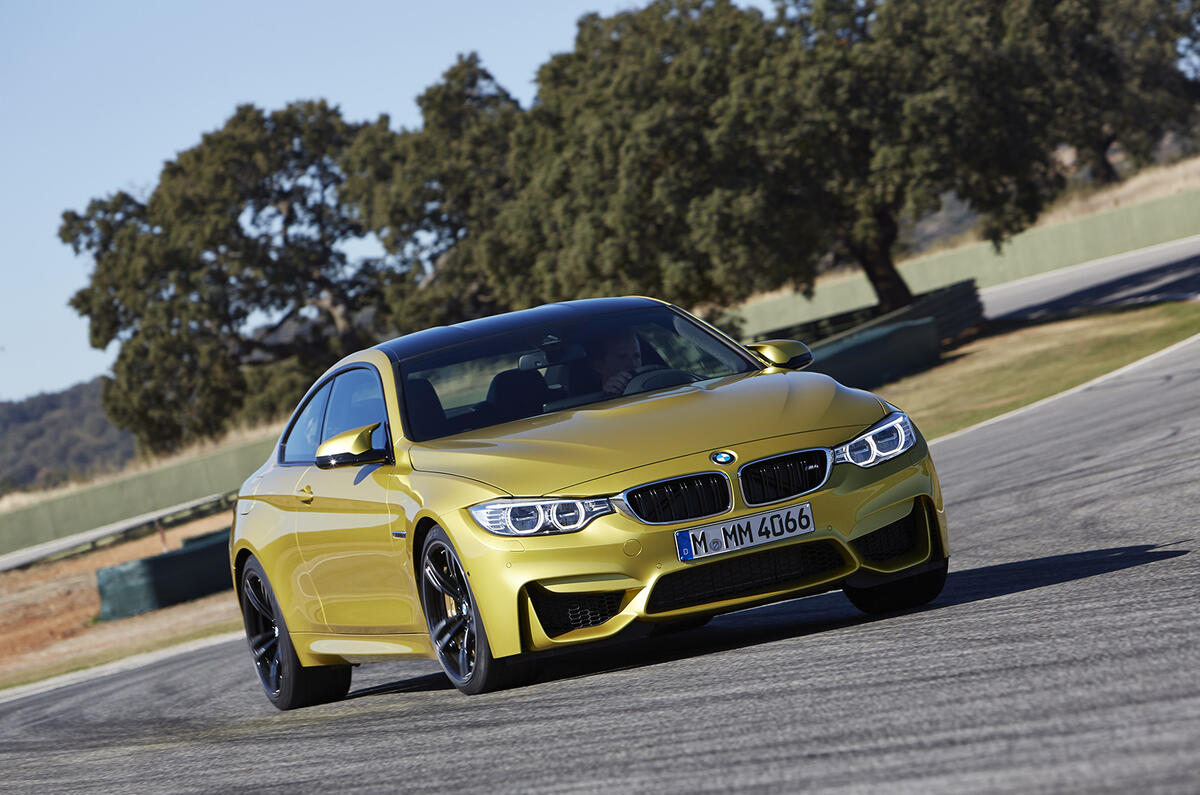
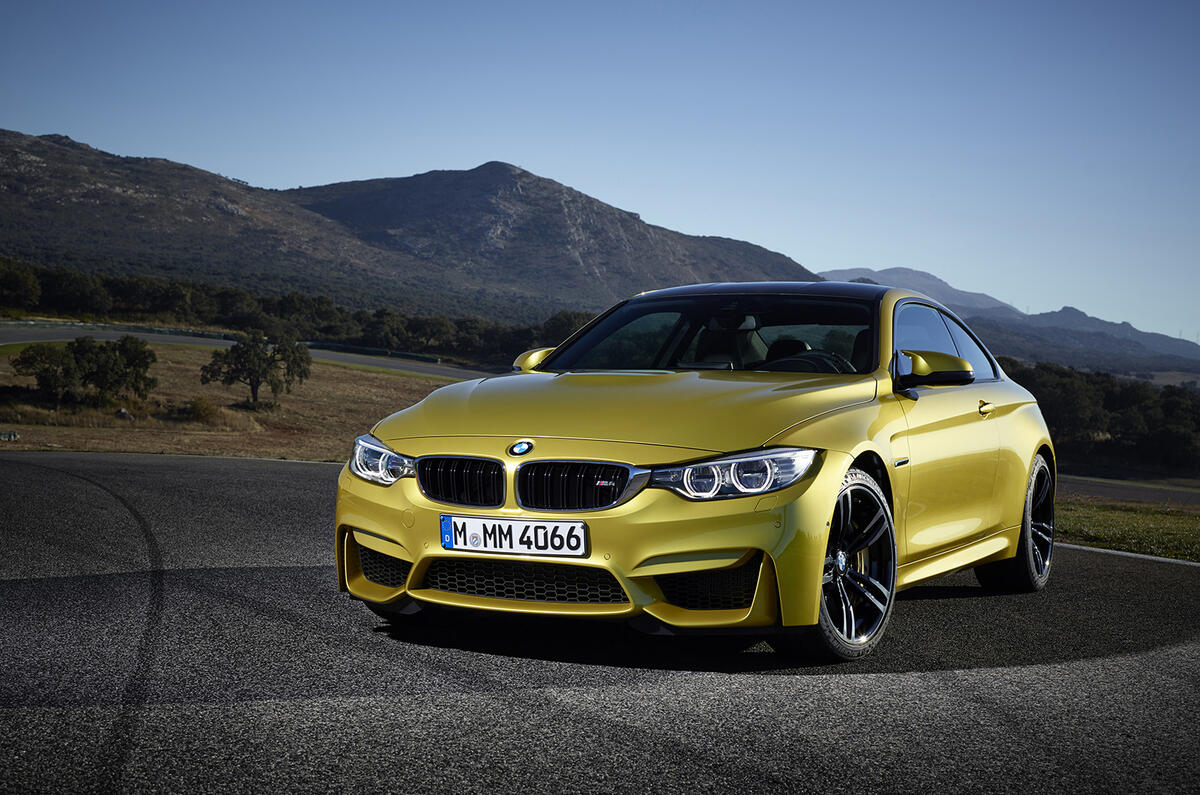
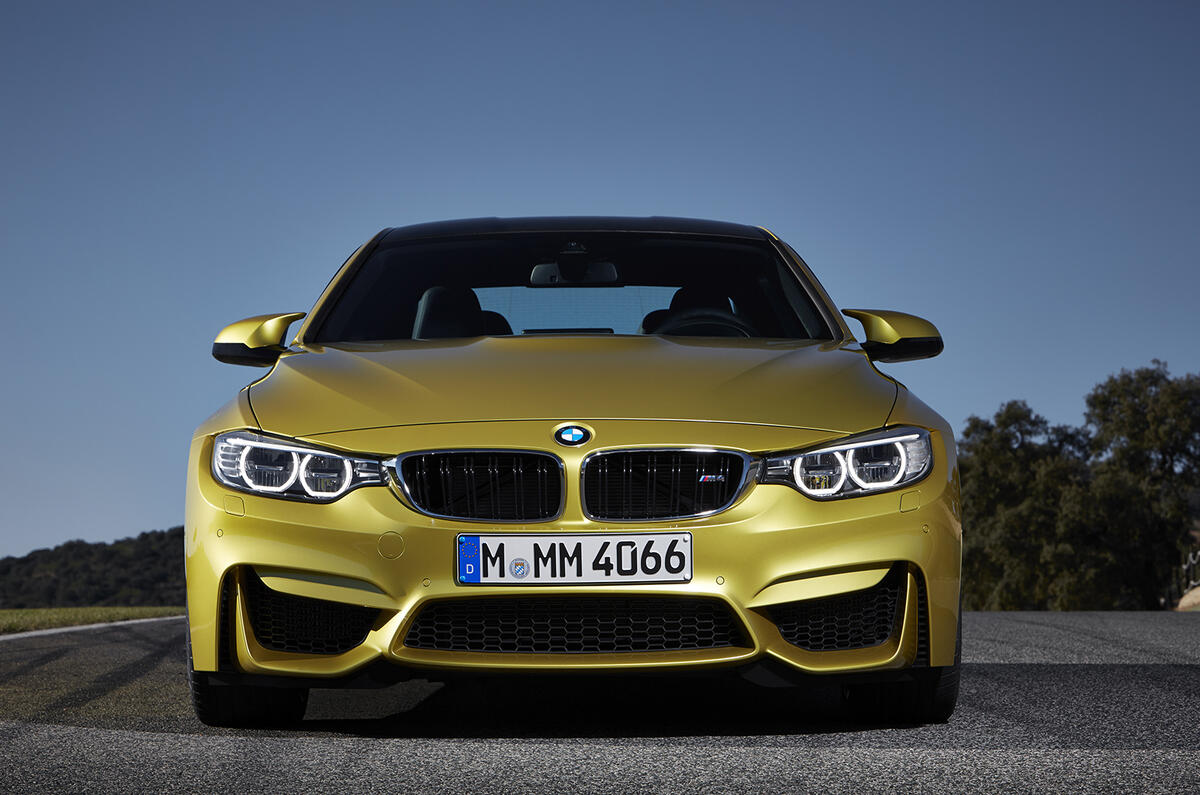
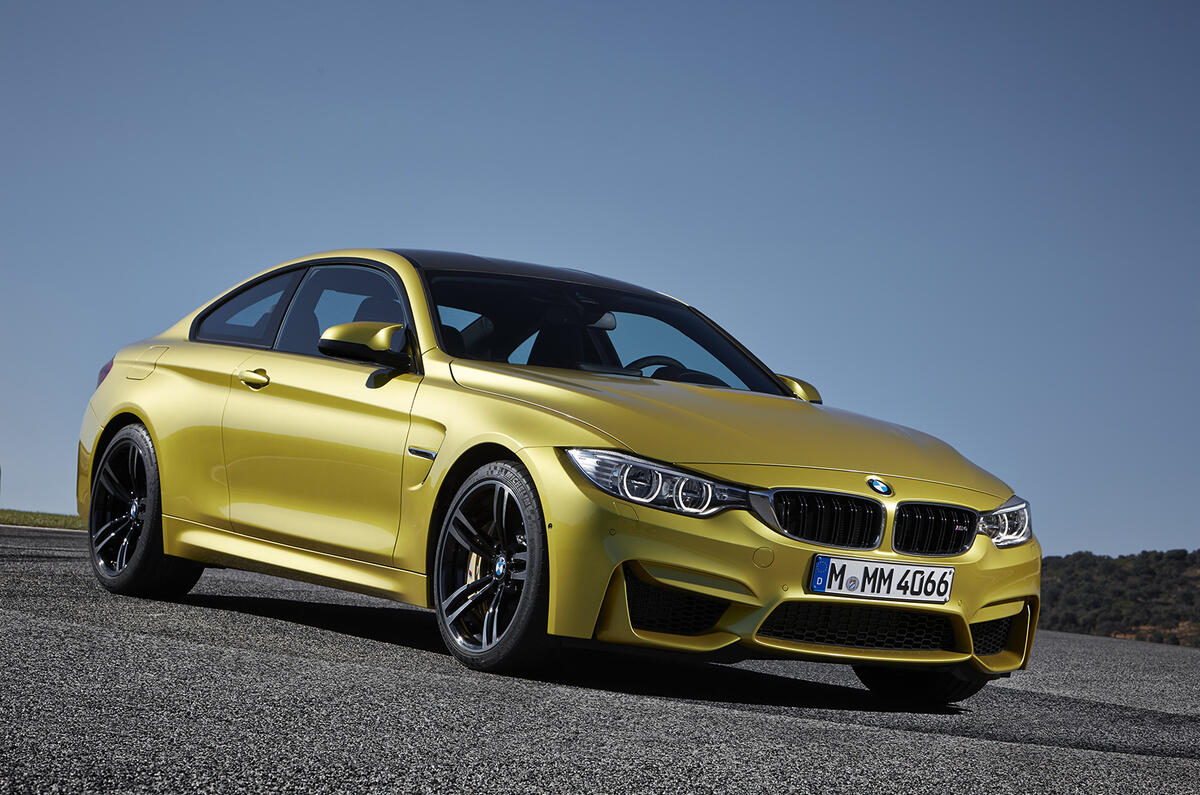
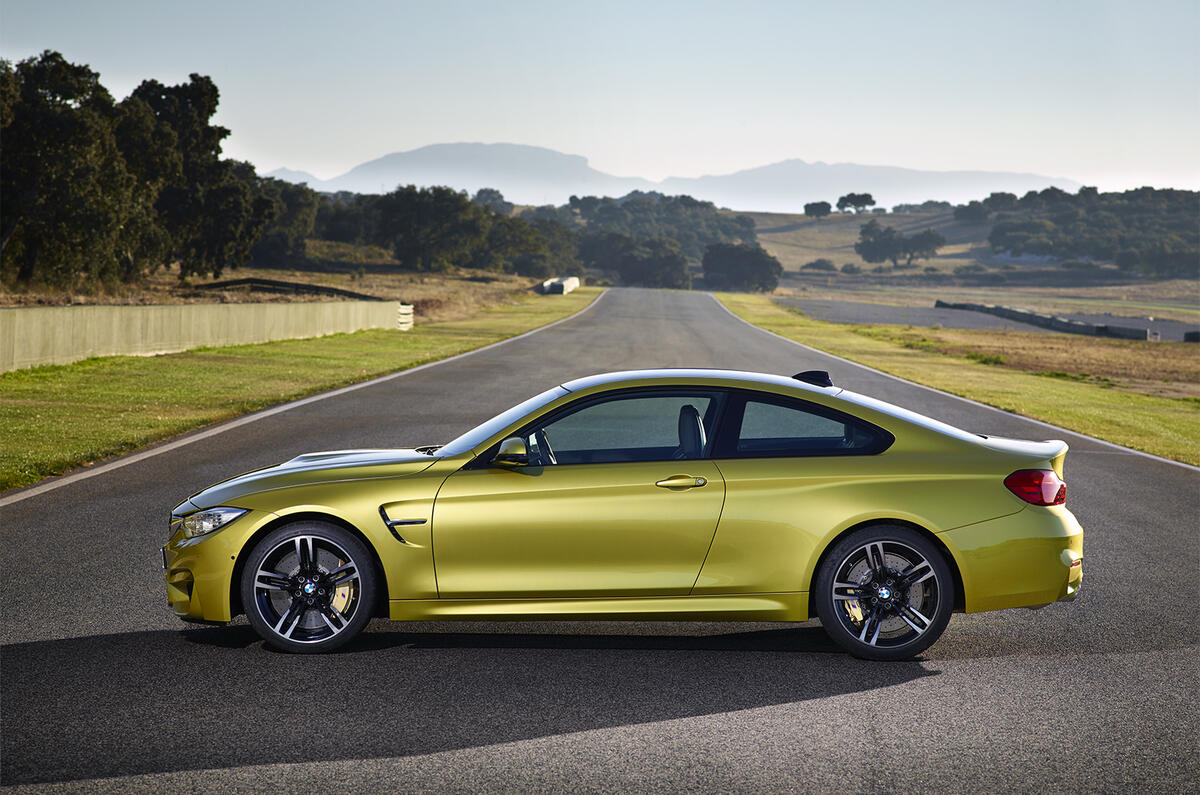
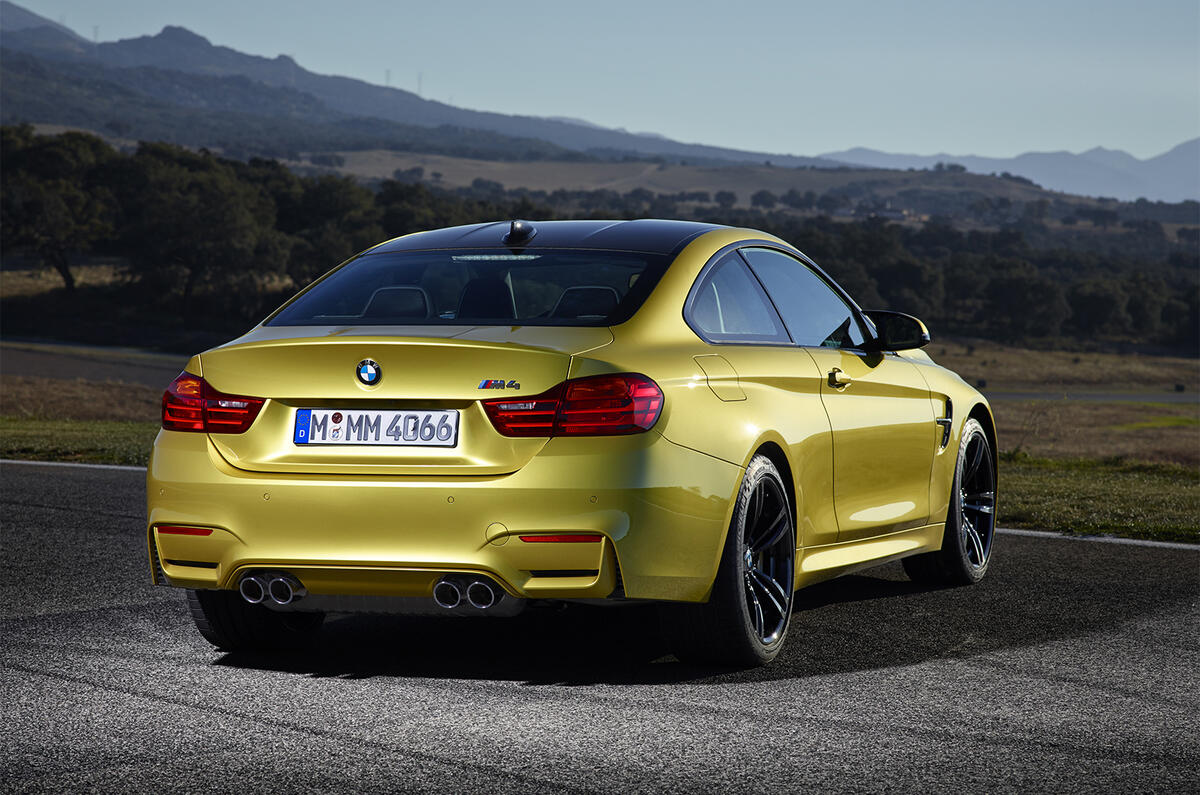
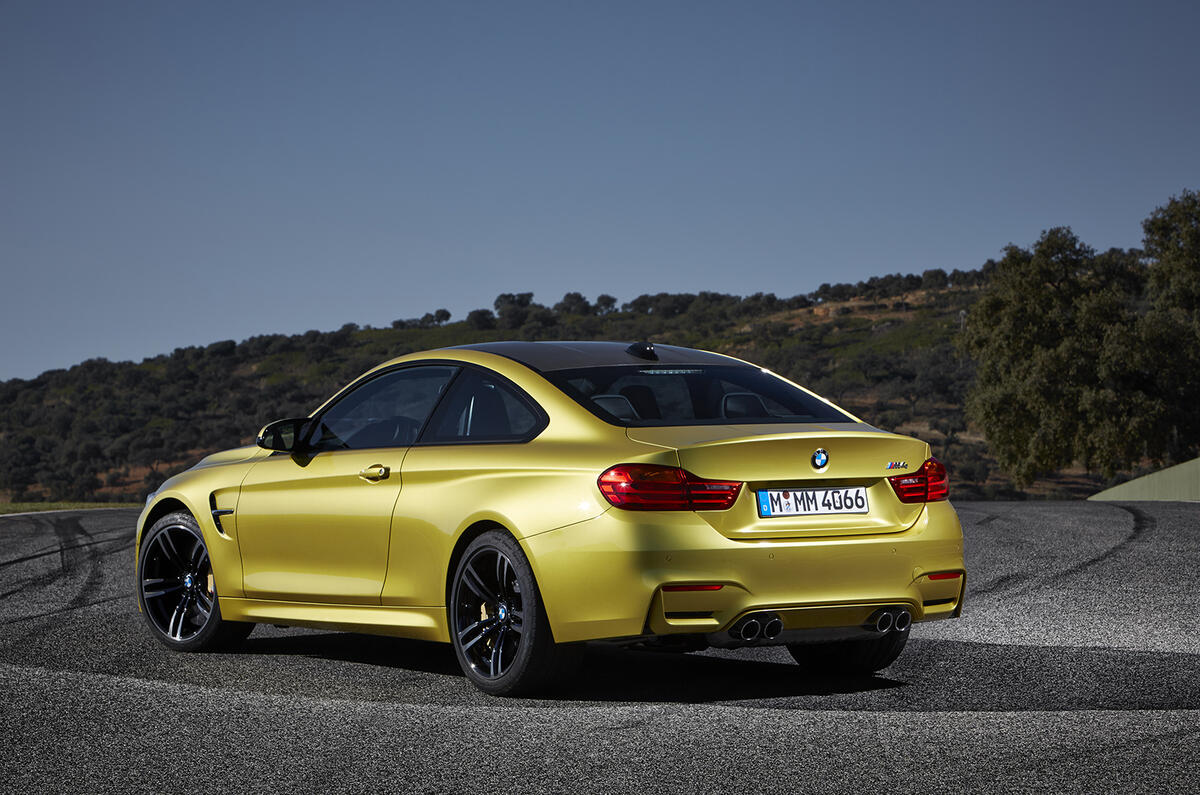

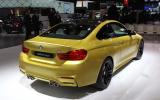
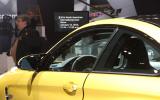
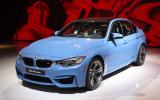



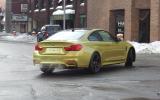
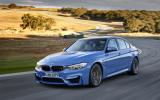
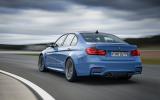
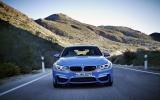
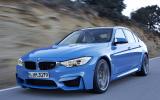
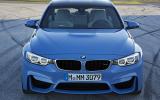
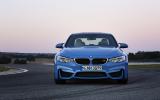
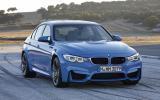
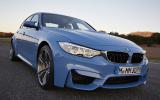
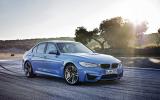
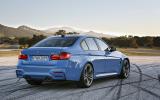
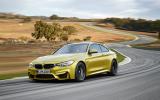
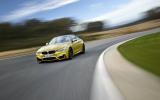
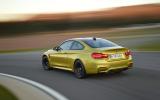
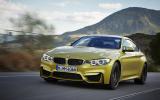
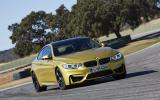
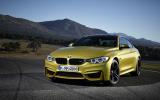
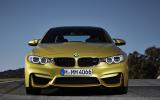
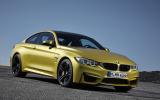
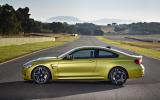
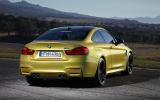
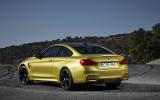



Join the debate
Add your comment
Deranged rover
Agree with most of the
M => no turbo!